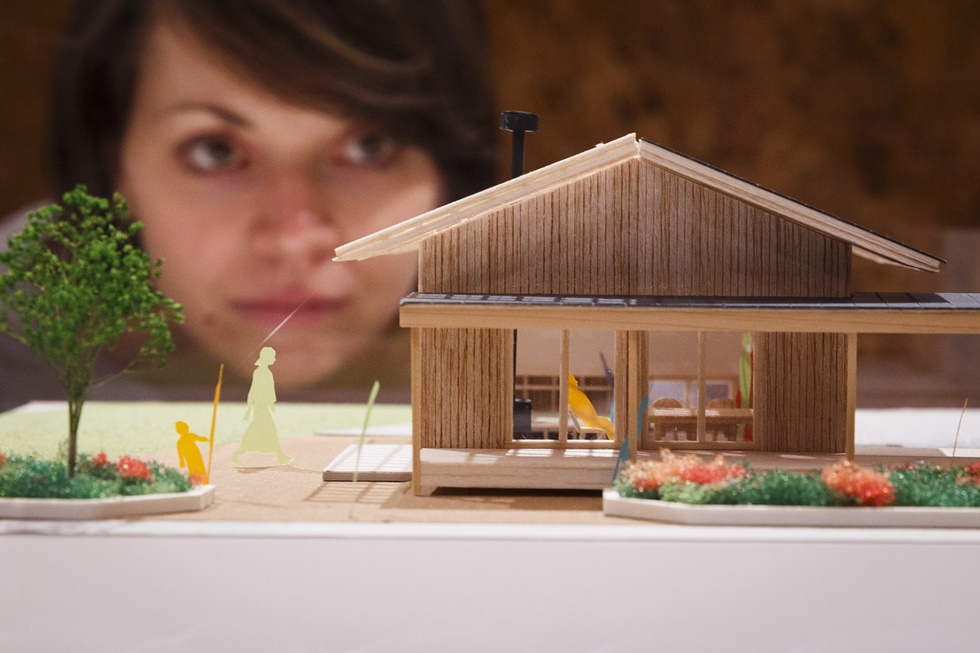Adaptation of technology in the real estate sector cuts down cost, enhances safety, and reduces construction time by Shrinivas Rao
We are in the era of advanced innovation. All industries and sectors of the society are developing newer technologies to suit their needs and requirements. Advancements in real estate technology have helped reduce construction time, enhanced safety and made projects cost-effective.
Here is a quick look at the key technologies that have revolutionized the real estate sector.
Virtual Reality
The age of drawing boards, pencils and physical blueprints are long gone. Architects have now resorted to computers to generate breathtakingly accurate designs digitally. Software like CAD (computer-aided design) has replaced the traditional design board. CAD enables users to compile layouts, design conceptual elements and complete design drawings virtually on a computer before executing them.
Today, we are slowly stepping into the world of virtual reality. With VR 3D modeling, realtors are able to provide consumers a preview of their future properties using virtual reality headsets. Several companies have already started creating virtual tours of their properties with a 360-degree view. This enables buyers to view the property in a more immersive way before making a decision. These VR experiences are also helping people to get a better perspective on what would it be to be inside their new office/house before they start investing. It would allow them to walk around, sit, stand up, conduct meetings and see how far they can stretch reality virtually.
Building Information Modeling
BIM has become a necessity. It provides an accurate and less time-consuming project document generation while enabling better collaboration and coordination among the different parties involved in a project. The future will see enhancements in the BIM models with 5D laser scanning that provides accuracy at construction sites. The laser scanning provides a laser recording of the structure that captures a site’s shape and appearance, and converts those conditions into a cloud of data points to be further imported onto a BIM model.
Bitcoin Virtual Currency
The latest humdrum in the market over real estate transactions are Bitcoins. Although not considered a legitimate mode of currency yet, Bitcoins have already gained immense popularity due to the anonymity feature of transactions.
They enable users to make transactions through digital mediums known as ‘Blockchains’ which also store the records of the transactions. Although these transaction records are accessible and are available in public, all transactions are highly encrypted; thus, cannot be stolen or hacked.
As all transactions are digital, it eliminates paperwork and role of third parties, thus easing out the whole process.
Several realtors have already accepting Bitcoins as a mode of payment. Many websites have started featuring properties available across the globe at a certain amount of Bitcoins.
New-age Construction Materials and Methods
As we progress forward with science and technology, we have been able to develop newer materials and methods in the construction space such as Self-Healing Concrete, Aerogels, and Nano-materials.
The uprising technologies in the field of real estate construction are 3-D which helps in reducing costs and speeding up the construction process by a large extent while improving the overall quality and safety.
Currently, the construction materials industry is estimated to be at $1 trillion industry. While concrete, cement, and asphalt are high demand materials, they usually account for more than half of the total cost of the project. Today, with the trend of greener buildings catching on, there has been an immense demand for materials which have low carbon footprint.
Besides ecological benefits, adoption of such methods and materials will also acts out to be cost efficient. Soon 3D construction printing will revolutionise this too. With 3D construction printing, the hassle of storing and transporting materials along with heavy machinery is eliminated, thus, saving time and money.
Internet of Things and Intelligent Buildings
The extension of the Internet which provides communication, connection and inter-networking between devices and physical objects, is a growing trend that is often called as the Internet of Things.
Building automation or intelligent buildings is the technology used within the building’s environment to provide comfort, security, convenience, and energy efficiency to its occupants. Now with the inclusion of the Internet of Things (IoTs), the research and development of building automation is going to gain immense popularity.
Now occupants can easily operate television sets, air conditioning, washing machines, sensors and or actuators remotely through the Internet.
All devices are linked together intelligently which would enable new forms of communication for us with our things, and between things themselves.
While these technologies are in the process of implementation, we have not seen high market penetration mainly due to the high cost associated with it. However, in the near future as technology becomes affordable and the costs go down, we will see greater penetration in the industry.
